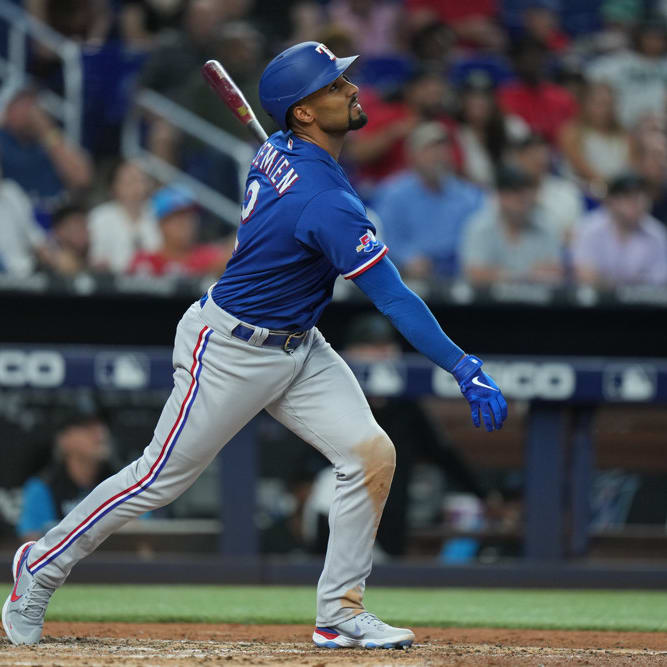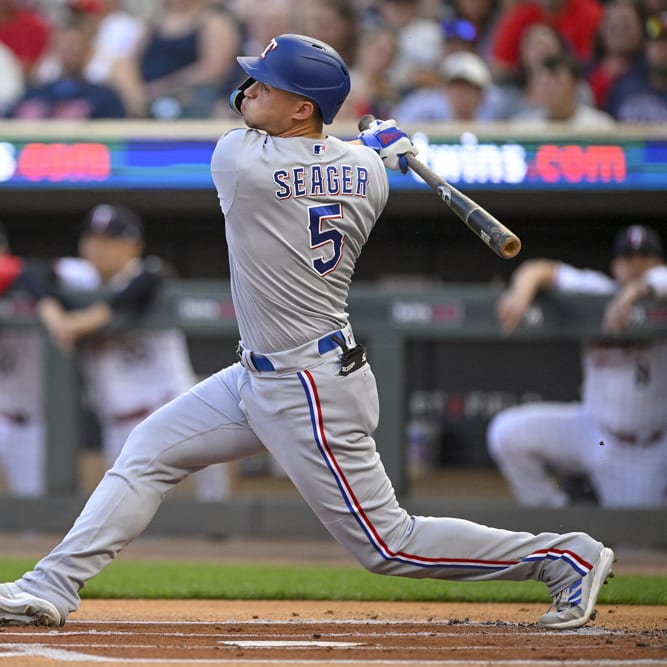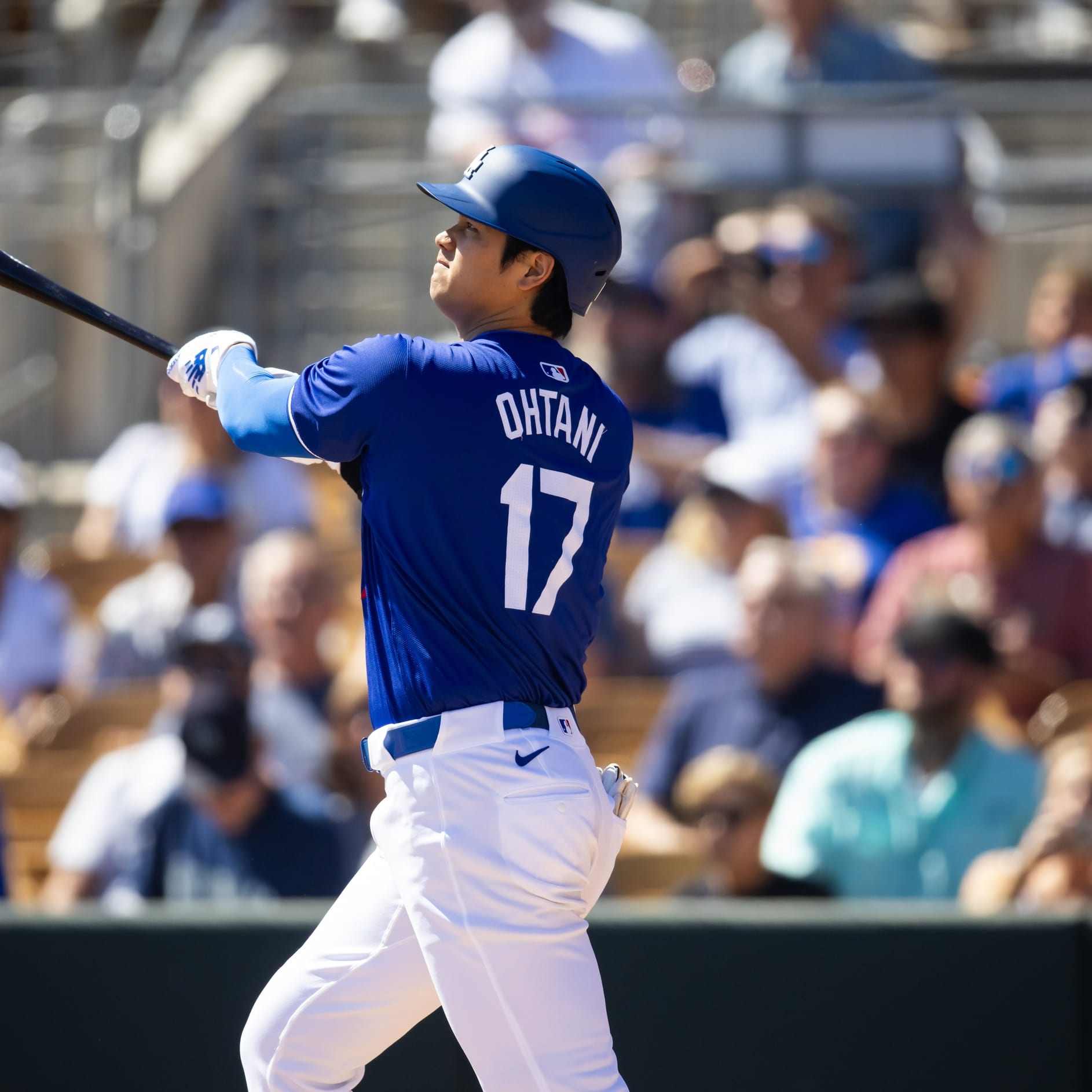This article is part of our Series to Watch series.
This week's premier series features a pair of NL East clubs that have reloaded for the stretch run, though each team has utilized a different path to upgrade their respective lineups. New York has leaned on the trade market to shore up some weaknesses, have embraced another return by Travis d'Arnaud from the disabled list and made use of their farm with the call-up of outfielder Michael Conforto. The Nats, on the other hand, have just gotten healthy. In the past week, they have witnessed the injury returns of Anthony Rendon, Jayson Werth and Ryan Zimmerman, adding sock to the middle of the lineup so that Bryce Harper no longer has to carry such a heavy portion of the load.
The Mets get to avoid Nationals' ace Max Scherzer, who pitched Thursday at Miami, and though the Metropolitans lead off with the biggest name on their pitching staff, the duels don't really get cooking until Games 2 and 3 of the series. The Nats entered the season with a legendary pitching staff, but the Mets have emerged with such formidable arms that they may have mound advantage in every game of this series.
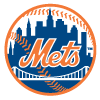 v.
v. 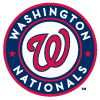
Game 1: Friday, July 31 at 7:05pm EDT: Gio Gonzalez vs. Matt Harvey
Harvey has been something less than an ace for the past couple months, and though the velocity has held firm at 97 mph on his fastball throughout the season and the raw stuff remains intact, his struggles go to
This week's premier series features a pair of NL East clubs that have reloaded for the stretch run, though each team has utilized a different path to upgrade their respective lineups. New York has leaned on the trade market to shore up some weaknesses, have embraced another return by Travis d'Arnaud from the disabled list and made use of their farm with the call-up of outfielder Michael Conforto. The Nats, on the other hand, have just gotten healthy. In the past week, they have witnessed the injury returns of Anthony Rendon, Jayson Werth and Ryan Zimmerman, adding sock to the middle of the lineup so that Bryce Harper no longer has to carry such a heavy portion of the load.
The Mets get to avoid Nationals' ace Max Scherzer, who pitched Thursday at Miami, and though the Metropolitans lead off with the biggest name on their pitching staff, the duels don't really get cooking until Games 2 and 3 of the series. The Nats entered the season with a legendary pitching staff, but the Mets have emerged with such formidable arms that they may have mound advantage in every game of this series.
 v.
v. 
Game 1: Friday, July 31 at 7:05pm EDT: Gio Gonzalez vs. Matt Harvey
Harvey has been something less than an ace for the past couple months, and though the velocity has held firm at 97 mph on his fastball throughout the season and the raw stuff remains intact, his struggles go to show what a major role pitch command plays in a pitcher's performance. He has walked 14 of his 31 batters (45 percent) this season in just his last four starts, covering 26.0 innings (20.7 percent of his season total). The single-game K-counts are revealing; Harvey cleared more than six punch outs in six of his first eight starts this season, but he has whiffed more than a half-dozen batters just once in his last eight turns.
Gonzalez started the season in a serious funk. His strikeouts were down, the walks were up, and his ERA hung above 4.00 for most of May and all of June. The southpaw has turned things around in his last five starts, with a 1.45 ERA in 31.0 innings over that stretch with a K:BB ratio of 3:1, with 24 punch outs and just eight free passes. The Mets have a team-wide OPS that falls 40 points when a left-hander is on the mound, most of which is concentrated in batting average, while the big bats of Curtis Granderson and Lucas Duda are marginalized by the platoon disadvantage.
Game 2: Saturday, August 1 at 7:10pm EDT: Joe Ross vs. Jacob deGrom
Ross has been a revelation to the Washington rotation as he has covered for the injured Stephen Strasburg, pitching well enough to force some difficult decisions when the latter comes off the DL. Though it might sound cliché, Ross is actually very similar to his brother Tyson who pitches for the Padres. They have deliveries that were cut from the same cloth, and plus velocity is off-set by a late biting slider that is thrown with impunity. Joe's slider frequency of 35.1 percent might pale in comparison to the ungodly frequency of 45.9 percent, but considering that little brother Joe is a rookie, one might expect an increase in slider usage over time – Tyson threw sliders just 25.7 percent of the time as a rookie in 2010.
deGrom gets better each time I see him. The fastball hums along in the mid-90s and seems to jump on hitters, who often look surprised when hearing a strike call before they can take a bat off their shoulders. His mechanics have improved at a tremendous rate since last season, particularly in the areas of balance and stability, and his ability to repeat the timing and positioning of his delivery have upped the ante on the right-hander's upside. He is on a serious run over his last dozen starts, with 85.7 innings of 1.37 ERA baseball and 90 strikeouts against 11 walks, and he has punched out at least eight hitters in eight of those 12 turns.
Game 3: Sunday, August 2 at 8:08pm EDT: Jordan Zimmermann vs. Noah Syndergaard
The NL East foes square off in the ESPN game on Sunday, taking center stage in the national spotlight with free-agent-to-be Zimmermann against Rookie of the Year candidate Syndergaard. Zimmermann has given back the strikeout edge that he gained last season, and in fact his current K rate of 17.2 percent would rank as a career-low over a full season. He has compensated with the second-lowest walk rate of his career and an even greater penchant for weak contact than usual, having surrendered extra-base hits to just 4.9 percent of batters faced, a mark that sets a career standard by 1.4 percentage points better than his previous low (which was set last season).
The top prospect to graduate to the majors this season, Syndergaard has not disappointed. He has 91 strikeouts and just 19 unintentional walks in 86.7 innings, and that ratio was much more impressive before he uncharacteristically walked five batters against these Nats two starts ago (prior to that start he hadn't walked more than two batters in any of the 11 appearances since his debut). Thor rebounded with eight shutout frames in his next turn, striking out nine Padres against zero walks with just three total baserunners, though the current ineptitude of the Padres' offense throws some salt into that performance.

Curtis Granderson, OF – Though he's not quite the dual threat of his youth, Granderson still employs a blend of speed and power that stands out on a roster that lacks the former and is thin on the latter. His nine steals (in 12 attempts) lead the ball club and his 16 homers are second on the team, while Granderson has played in every one of the Mets' 102 games so far this season. His .255 bating average is nothing to write home about, but it's a category that has been a struggle for him throughout his career and his current mark is his highest since 2011; if it maintains then it will be just the fifth time in his career that he has cracked the .250 mark for a full season.
Lucas Duda, 1B – He leads the team with 18 long balls, a year after knocking 30 over the wall in 153 games, and though he has traded some homers for doubles (24) this season, his total in each category leads the team. He was previously a platoon liability, but Duda has reversed course this season to hit southpaws better than right-handers, including a .301/.356/.548 line in 101 plate appearances against lefties.
Travis d'Arnaud, C – The backstop's breakout season continues to be interrupted by injuries, which simultaneously put his streaks on hold while adding a hurdle in his attempts to keep the performance alive. He just came back from a sprained elbow that sidelined him for over a month, and Friday will likely be his first start since going on the shelf. His .296/.338/.535 line is impressive until one realizes that it has been accomplished in just 77 plate appearances this season, and it won't take long to drag down the numbers if he takes any time to shake the rust.
Michael Conforto, OF – His skills are better represented in leagues that utilize on-base and slugging percentage in lieu of homers and batting average, as Conforto has the type of skill set that often goes unnoticed in traditional 5x5 rotisserie leagues. He has compiled less than a full big-league season worth of at-bats in the minors, playing 133 games with 589 total plate appearances in the pros since he was drafted 10th overall in the 2014 draft, and his gap power is exemplified by his 34 doubles, three triples, and 15 career homers across three levels of the minors.

Bryce Harper, OF – Despite the fact that pretty much everyone saw it coming, Harper's sudden jolt of breakout took the league by storm and the audience by surprise. Coming into the year, Harper hadn't cracked a .500 slugging percentage in any one season of his career, yet his video-game slug of .690 this season has vaulted his overall numbers to a career-high .509. He was unstoppable in May with 13 homers and 28 RBI, and though things have calmed down slightly since that blistering stretch, the wunderkind has still slashed his way to an incredible .346/.457/.654 line over the last two months, with 11 bombs and 15 doubles to put an exclamation point on his ascension to the highest level. He's only 22 years old.
Anthony Rendon, 2B/3B – Rendon has endured multiple trips to the disabled list this season, an aspect that is not helping his reputation for fragility, but when healthy he can be a dynamic force near the top of the Washington order. He improved throughout the 2014 campaign, and though he got a late (and interrupted) start to this season, one can expect a similar pattern to emerge this season as he puts the injuries further in the rearview mirror. He hasn't gone yard yet this year and has just six doubles in his first 100 plate appearances, but the on-base skills are intact and the Nats will need Rendon to consistently set the table for Harper and the other power bats.
Ian Desmond, SS – After nearly four months spent in a crater of offensive atrophy, Desmond's bat has finally started to come alive. Over his last 10 games, Desmond has slashed .343/.410/.743 with four homers in just 40 plate appearances after hitting just seven jacks in his first 358 trips to the dish. He has only six steals this year, so a fourth consecutive campaign of 20 homers and 20 steals is almost certainly out of the question, and his strike-zone judgment has leaped off the reservation with the lowest walk rate since his rookie season yet the highest strikeout frequency of his career.
Jayson Werth, OF – Shoulder injuries tend to sap power, and Werth has felt those ripple effects first-hand this season. He returned from his shoulder injury earlier than anticipated, making his 2015 debut on April 13, but the stats reveal a hitter who was still playing far short of 100 percent. Werth had a .208/.294/.287 slash with just four extra-base hits in 119 plate appearances when he went back on the DL with a busted wrist. Any damage to the hands or arms can have a disastrous impact on batter power, and though there is some optimism fueled by the extra time that Werth's shoulder has had to heal, it could also take awhile before he is swinging the bat at full strength. Manager Matt Williams is unfazed, hitting Werth on the three-hole in each of his two starts since his return.






